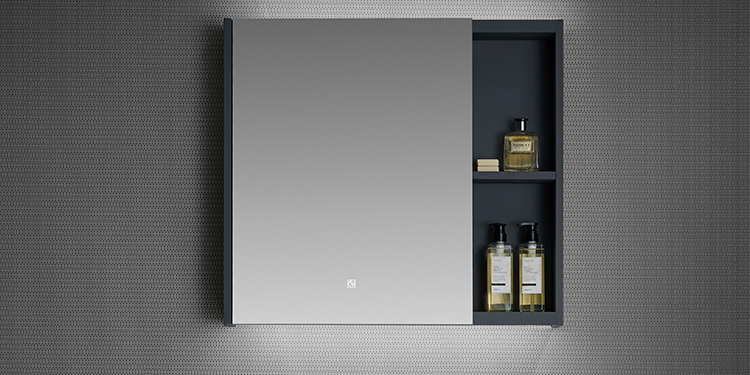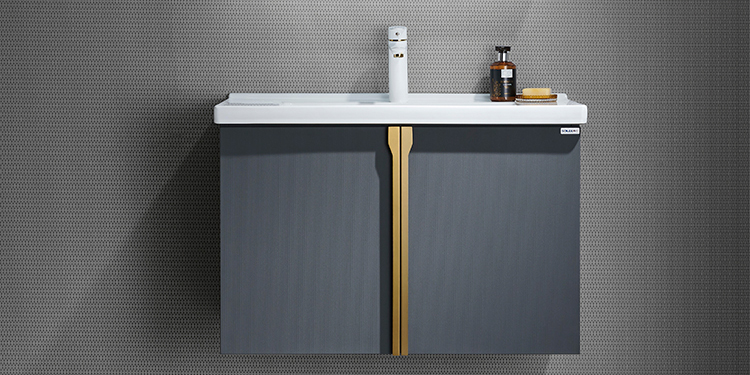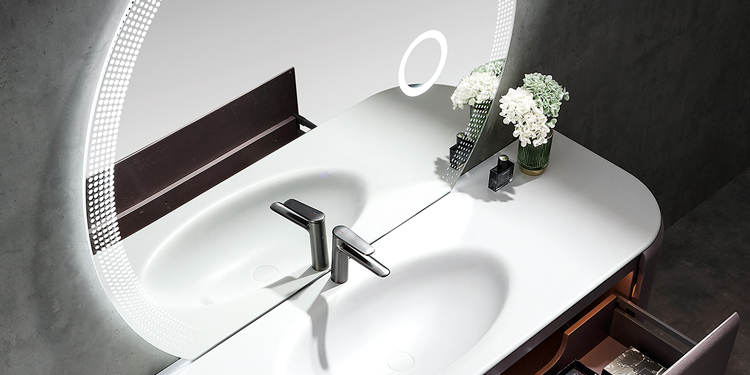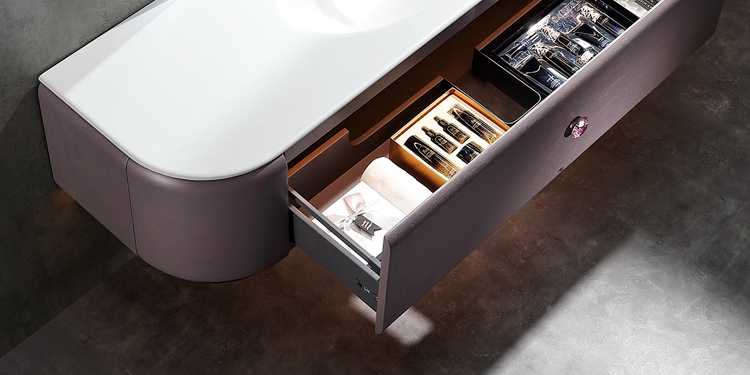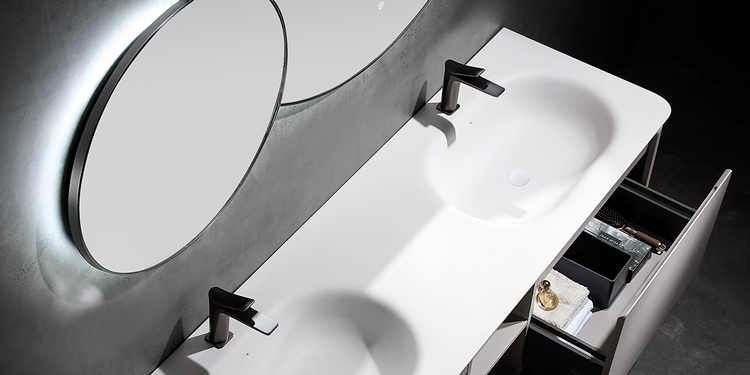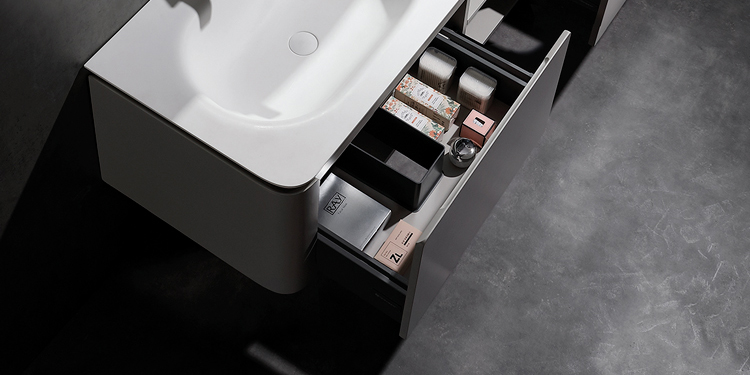Designing a bathroom in a small space presents unique challenges, but with careful planning and smart choices, you can create an efficient, beautiful, and highly functional area. One of the key solutions for small bathrooms is the selection of the right vanity unit. Specifically, a slim depth bathroom vanity unit for small spaces can be a game-changer in maximizing utility without compromising on style or storage.
1. Measure and Plan Every Inch
In small bathrooms, every centimeter counts. Start by accurately measuring your space and noting the locations of plumbing, windows, and doors. Create a scaled floor plan to try different layout ideas. The goal is to achieve an efficient flow, allowing enough room for movement while accommodating essential fixtures.
When planning, always consider the placement of a slim depth bathroom vanity unit for small spaces. Its reduced depth saves precious floor area, which is especially valuable near entry doors or tight walkways. Proper placement ensures the bathroom feels open rather than cramped.
2. Prioritize Essential Fixtures
List out the must-have fixtures: toilet, sink, shower or bath, and storage. In a compact bathroom, multi-functional units are ideal. For example, a slim depth bathroom vanity unit for small spaces combines a sink, storage, and sometimes even counter space in one sleek package. This integration keeps the room tidy and avoids unnecessary clutter.
3. Maximize Vertical Space
Storage is often lacking in small bathrooms, but vertical real estate is frequently underused. Install shelves or cabinets above the vanity, toilet, or along the walls. Pair these with a slim depth bathroom vanity unit for small spaces to keep the floor as open as possible while still offering plenty of room for toiletries and essentials.
4. Choose Light Colors and Reflective Surfaces
Light colors make a small space appear larger and brighter. Use whites, creams, or soft pastels on the walls, tiles, and fixtures. Mirrors are another essential element—position a large mirror above your slim depth bathroom vanity unit for small spaces to reflect more light and create a sense of depth. Glossy tiles and glass can further enhance this effect.
5. Select the Right Vanity Unit
The centerpiece of many bathrooms is the vanity. In small bathrooms, a slim depth bathroom vanity unit for small spaces is crucial. Not only does it save space, but modern designs also provide surprising amounts of storage through drawers, cabinets, and shelving. Look for models with wall-mounted installation to keep the floor visible and easy to clean, which visually expands the room.
6. Optimize Lighting
Good lighting is vital in a small bathroom. Combine overhead lighting with wall sconces or LED strips around the mirror. Placing lighting near the slim depth bathroom vanity unit for small spaces improves visibility for grooming tasks and brightens up the whole space.
7. Embrace Minimalism and Declutter
The less clutter, the better. Opt for clean lines and minimal accessories. Store personal items inside the vanity or on floating shelves. The slim depth bathroom vanity unit for small spaces helps by providing just enough storage to keep daily necessities out of sight but within easy reach.
8. Enhance with Smart Accessories
Small bathrooms benefit from clever accessories such as towel racks that double as shelves, hooks on doors, and compact baskets for storage. Choose accessories that complement your slim depth bathroom vanity unit for small spaces in both style and scale.
Conclusion
Designing an efficient bathroom layout for small spaces is about maximizing every square inch without sacrificing comfort or style. The strategic use of a slim depth bathroom vanity unit for small spaces is central to achieving both functionality and aesthetic appeal. With smart planning, thoughtful fixture selection, and a focus on minimalism, even the smallest bathroom can become a comfortable, organized, and inviting retreat.
READ MORE:










